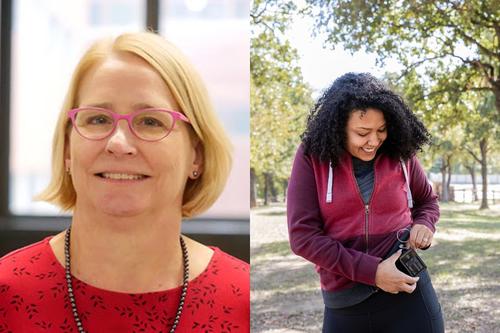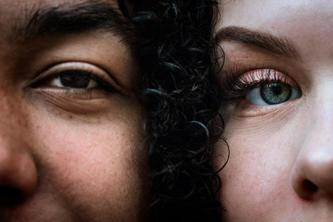
According to the American Diabetes Association, approximately 8% of adults in Minnesota are diagnosed with diabetes, which costs an estimated $4.7 billion in the state.
For Diabetes Awareness Month this November — Betsy Seaquist, MD, an endocrinologist at the University of Minnesota Medical School and M Health Fairview, talks about diabetes and living with a chronic condition.
Q: What is diabetes?
Dr. Seaquist: Diabetes is a disease where the blood sugar is elevated. It occurs when the body cannot make enough insulin for its needs. In Type 1 diabetes, the cells that make insulin are destroyed by the immune system. These patients must take insulin to live. In Type 2 diabetes, the pancreas does not make the right amount of insulin at the right time and the body’s ability to use insulin is also decreased. Sometimes patients with Type 2 diabetes also take insulin, but there are other drugs that can be used.
Q: What are the subtle symptoms of diabetes that should be told to a primary care provider?
Dr. Seaquist: Most people with diabetes are asymptomatic, which is why screening for the disease must be done in populations at risk. If the blood sugar gets high enough, people can lose weight, become very thirsty, drink a lot of fluids and have blurred vision.
Q: What are the risk factors of having diabetes and the current treatment options available?
Dr. Seaquist: Risk factors for Type 2 diabetes include older age, a history of gestational diabetes with a pregnancy, a family history of diabetes, obesity and having Native American, African American, Asian American, Latino or Pacific Islander ancestry. People at risk for Type 2 diabetes can reduce this risk, or postpone the onset of the disease, by maintaining a lean body weight and exercising regularly.
Q: If someone is diagnosed with diabetes, what should they know about the diagnosis?
Dr. Seaquist: Someone diagnosed with diabetes should know the disease is very treatable. At the time of diagnosis, education about what to eat, how much to eat and exercise is essential. We now have a great variety of drugs and technologies that can help people manage their blood sugars. It is important that patients work with their health care teams to get their blood sugars in a healthy range.
Q: What are you doing in your research and practice to further our understanding of diabetes?
Dr. Seaquist: My independent research focuses on managing the hypoglycemia that commonly occurs as a result of insulin therapies. In my clinical practice, I use a lot of new technologies to help minimize this problem. I have also led clinical trials designed to determine the best way to reduce cardiovascular risk in patients with Type 2 diabetes and to identify the best drug regimen to use in patients with early Type 2 diabetes.
Betsy Seaquist, MD, an endocrinologist at the U of M Medical School and M Health Fairview, specializes in hypoglycemia and the complications of diabetes. Her research focuses on the effect of diabetes on brain metabolism, structure and function.
- Categories:
- Health




